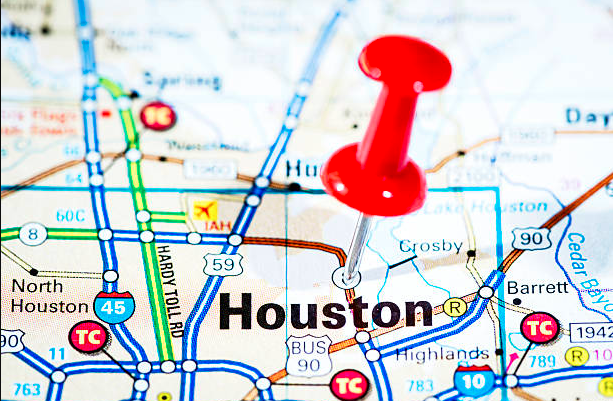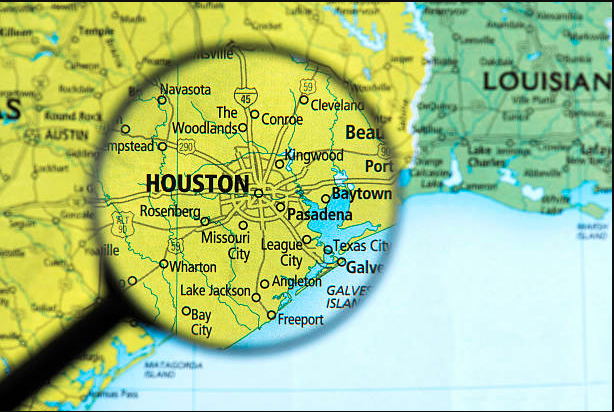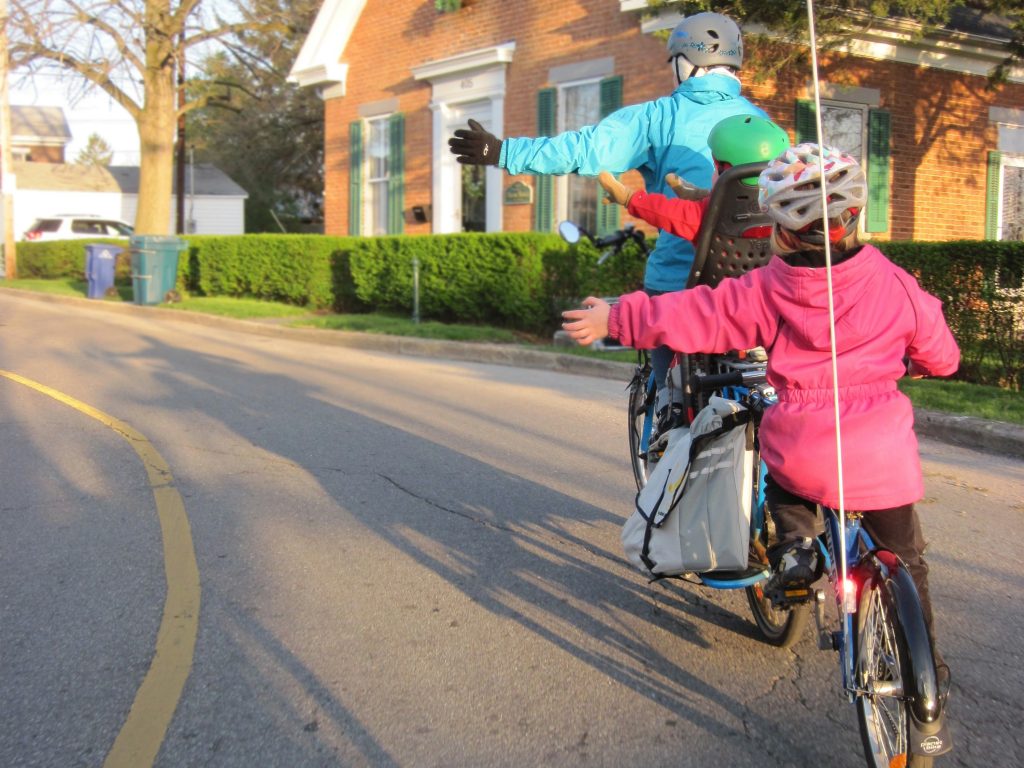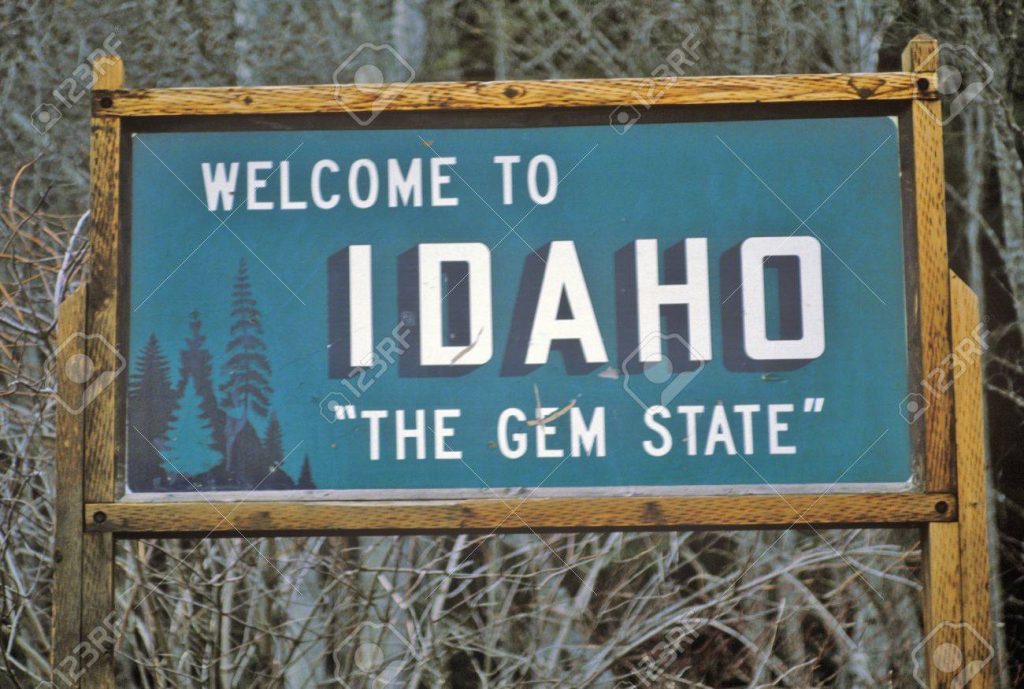Houston, Texas, the largest city in the state and fourth-largest in the United States, is home to approximately 2.2 million people.
Known for its diverse culture, strong economy, and rich history, Houston grapples with various urban challenges including air pollution, poverty, crime, floods, and traffic congestion.
This post delves into the 10 areas within Houston facing significant challenges, drawing insights from multiple data sources.
Factors considered include air quality, poverty rates, crime rates, and flood risk, utilizing data from reputable sources such as the Texas Commission on Environmental Quality, the US Census Bureau, City-Data.com, and FEMA.
While population size, location, and historical trends are considered, this assessment aims to offer a comparative overview rather than a definitive analysis of Houston’s diverse neighborhoods.
Presenting the ten locations in Houston grappling with notable challenges:
1. Galena Park
Galena Park, situated in east Houston, is home to approximately 11,000 residents and is surrounded by various industrial facilities.
The air quality in this area is concerning, with an annual PM2.5 concentration of 12 µg/m³ in 2020, which exceeds the WHO recommendation.
The poverty rate is alarmingly high at 33%, significantly exceeding Houston’s average, and the crime rate stands at 405 per 100,000 people. The close proximity to the Houston Ship Channel increases the risk of flooding.
2. Pasadena
Pasadena, a city of around 150,000 people in southeast Houston, is well-known for its petrochemical sector and annual strawberry festival.
Nevertheless, there are concerns about significant air quality issues, as the annual PM2.5 value in 2020 reached 12.4 µg/m³, which far exceeds the recommendation set by the WHO.
Furthermore, the city has a poverty rate of 21.1% and a crime rate of 366 per 100,000 population. The area’s low elevation and proximity to Galveston Bay make it susceptible to flooding.
3. South Houston
Situated in the southeastern region, close to Pasadena and Hobby Airport, this area boasts a population of approximately 18,000 residents.
The air quality in the area is concerning, with an annual PM2.5 concentration of 10 µg/m³ in 2020, which exceeds the recommended limit set by the WHO.
The poverty rate is over 31%, while the crime rate stands at 331 per 100,000 people. The close proximity to Sims Bayou heightens the potential for flooding.
4. Jacinto City
Located adjacent to Galena Park, faces similar challenges. The population of this area is approximately 11,000 and faces the challenge of poor air quality, with an annual PM2.5 concentration of 11 µg/m³ in 2020.
According to the data, the poverty rate stands at 32%, while the crime rate is reported to be 381 per 100,000 population. The proximity to Buffalo Bayou increases the risk of flooding.
5. Cloverleaf

Cloverleaf is a bustling neighborhood in east Houston, home to a vibrant community of approximately 23,000 residents.
The location is situated between the East Freeway and the Sam Houston Tollway. In 2020, the annual PM2.5 concentration measured 9 µg/m³, leading to persistent air quality issues.
According to the data, the poverty rate stands at 29% and the crime rate is recorded at 323 per 100,000 people. Flooding concerns have been heightened due to its proximity to the San Jacinto River.
6. Aldine
Aldine, a census-designated place in north Houston, is home to approximately 16,000 residents and is conveniently situated near the George Bush Intercontinental Airport. In 2020, the annual PM2.5 concentration measured 9 µg/m³.
According to the data, the poverty rate stands at 30%, while the crime rate is recorded at 326 per 100,000 population. There are concerns about potential flooding due to its proximity to Greens Bayou.
7.West University Place
A community in southwest Houston, home to approximately 16,000 residents and located near Rice University and the Texas Medical Center, is currently facing challenges related to air quality.
In 2020, the annual PM2.5 concentration measured 9 µg/m³. Despite the relatively low poverty rate, the area unfortunately experiences a high crime rate. The close proximity to Brays Bayou raises the potential for moderate flooding.
8. Modest
Humble, a small town in northeast Houston, is home to approximately 16,000 residents. It is conveniently situated near the George Bush Intercontinental Airport and Lake Houston.
In 2020, the annual PM2.5 concentration reached 9 µg/m³, suggesting that the air quality in the area was not ideal.
According to the data, the poverty rate stands at 24%, while the crime rate is reported to be 418 per 100,000 people. The close proximity to the San Jacinto River and Lake Houston increases the risk of flooding.
9. Missouri City
Missouri City, a city of 75,000 people located in southwest Houston, had an annual PM2.5 value of 9 µg/m³ in 2020, which has raised concerns about the air quality.
The poverty rate stands at a reasonable 10%, while the crime rate is significantly high at 376 per 100,000 people. The close proximity to Oyster Creek and the Brazos River raises the potential for moderate flooding.
10. Bellaire
In southwest Houston, there is a city located between West University Place and Loop 610. This city, with a population of approximately 19,000 people, unfortunately experiences poor air quality.
In 2020, the annual PM2.5 concentration in this area was measured at 9 µg/m³. Although the poverty rate stands at a modest 4%, the crime rate is alarmingly high at 415 per 100,000 people.
Read also: Maryland’s Historic Gem: Unveiling the Oldest Church in the State



